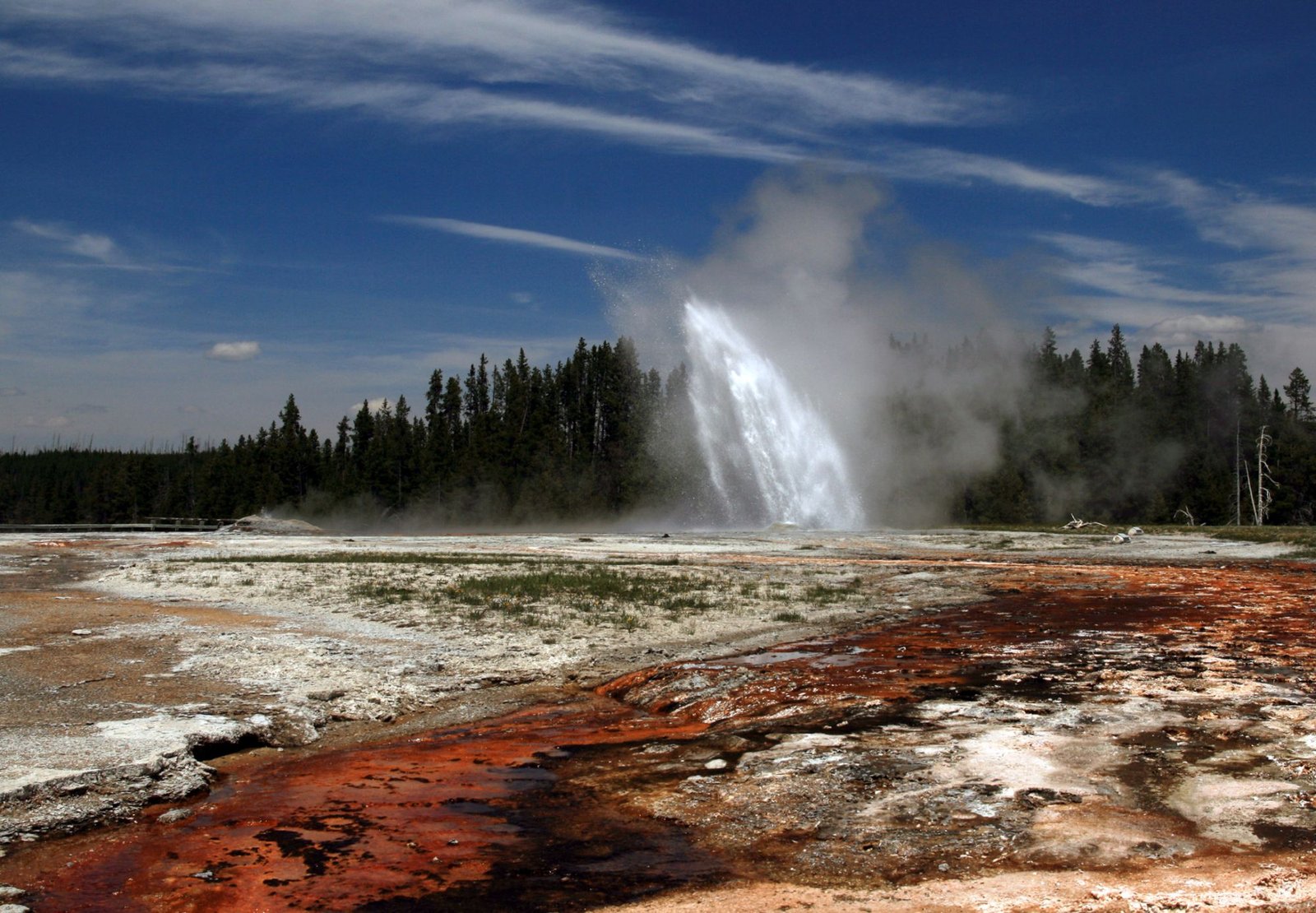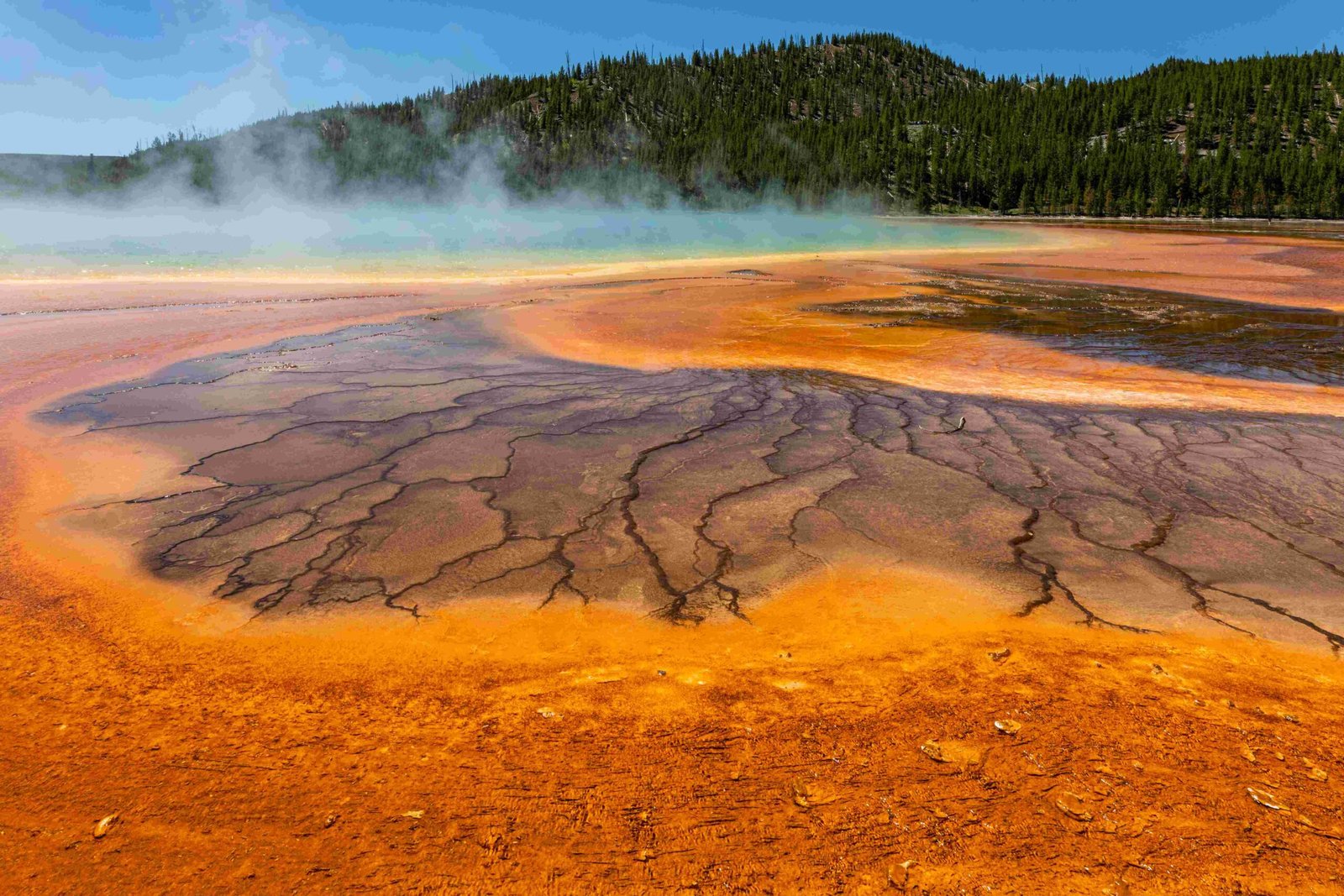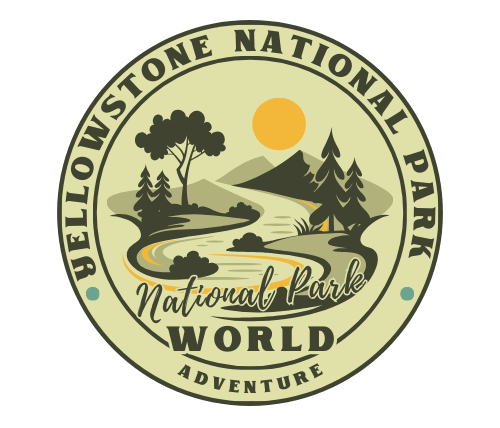Yellowstone National Park, home to the world’s largest active supervolcano, poses a potential catastrophic threat if it were to erupt. Such an event would have far-reaching consequences, affecting not only the immediate area but potentially impacting global climate and ecosystems. This article explores the possible scenarios, evacuation plans, and monitoring systems in place for a Yellowstone eruption.
What Are the Potential Impacts of a Yellowstone Eruption?

A Yellowstone eruption would have devastating effects on the surrounding regions and beyond. The immediate area would be obliterated by lava flows, pyroclastic flows, and massive ash fall. Ash would blanket much of North America, potentially causing respiratory issues, contaminating water supplies, and disrupting agriculture and transportation.
Immediate Effects on the Park and Surrounding Areas
- Destruction of Park Infrastructure: All buildings, roads, and facilities within the park would likely be destroyed or severely damaged.
- Ash Fall: Thick layers of ash would cover the landscape, potentially reaching depths of several feet in nearby areas.
- Lava Flows: Depending on the eruption’s location, lava flows could cover vast areas within and around the park.
Long-term Environmental Consequences
- Climate Change: A significant eruption could lead to a volcanic winter, causing global temperatures to drop for several years.
- Ecosystem Disruption: The local ecosystem would be devastated, with many species facing potential extinction.
- Water Contamination: Ash and volcanic gases could contaminate water sources across a wide area.
How Would an Eruption Affect Wildlife in Yellowstone?

The diverse wildlife in Yellowstone would face severe challenges in the event of an eruption:
- Immediate Loss: Many animals would perish in the initial blast and subsequent ash fall.
- Habitat Destruction: Surviving animals would face a drastically altered landscape, with food sources and shelter severely impacted.
- Long-term Effects: Fluorine in the ash could cause fluorosis in animals, leading to long-term health issues and potential die-offs.
| Wildlife Group | Potential Impact |
|---|---|
| Large Mammals | High mortality, habitat loss |
| Birds | Mass die-offs, migration disruption |
| Fish | Water contamination, potential extinction of local species |
| Insects | Severe population decline, ecosystem imbalance |
What Are the Evacuation Plans for Yellowstone National Park?
In the event of an imminent eruption, a comprehensive evacuation plan would be implemented:
Designated Routes and Shelters
- Multiple pre-marked evacuation routes would be activated.
- Emergency shelters would be established in safe zones outside the affected area.
Communication Protocols
- Information would be disseminated through various channels:
- Emergency alert systems
- Radio and television broadcasts
- Social media updates
- Official park and government websites
Evacuation Procedures
- Immediate evacuation of the park and surrounding areas.
- Establishment of exclusion zones to restrict public access.
- Coordination with local, state, and federal agencies for large-scale population movement.
How Are Scientists Monitoring Yellowstone’s Volcanic Activity?
The Yellowstone Volcano Observatory (YVO) employs a range of monitoring systems:
- Seismic Networks: Detect and measure earthquakes and ground movements.
- Gas Monitoring: Track changes in gas emissions from fumaroles and hot springs.
- Ground Deformation: Use GPS and satellite technology to measure subtle changes in ground level.
- Hydrothermal Monitoring: Observe changes in geysers and hot springs.
Data Collection and Analysis
- Continuous real-time data collection from various sensors.
- Regular field surveys and sample collection.
- Advanced computer modeling to interpret data and predict potential eruption scenarios.
What Historical Data Exists on Past Yellowstone Eruptions?
Yellowstone has experienced three major eruptions in its geological history:
- 2.1 Million Years Ago: The largest known eruption, ejecting over 2,450 cubic kilometers of material.
- 1.3 Million Years Ago: A smaller but still significant eruption.
- 640,000 Years Ago: The most recent major eruption, which formed much of the current caldera.
Geological Evidence
- Ash deposits found across much of North America.
- Lava flows and rock formations within and around the park.
- Geothermal features indicating ongoing volcanic activity.
How Would an Eruption Impact the Economy?
The economic consequences of a Yellowstone eruption would be severe and far-reaching:
- Tourism Industry: Complete shutdown of Yellowstone’s $647 million annual tourism economy.
- Agriculture: Widespread crop failures due to ash fall and potential climate changes.
- Transportation: Disruption of air travel and ground transportation across North America.
- Infrastructure Damage: Billions in damage to buildings, roads, and utilities.
- Global Economic Impact: Potential for worldwide economic downturn due to climate effects and supply chain disruptions.
Local Economic Effects
- Job losses in tourism, hospitality, and related industries.
- Potential long-term depopulation of affected areas.
- Massive costs for cleanup and reconstruction efforts.
What Are the Chances of a Yellowstone Eruption in Our Lifetime?
While the possibility of a Yellowstone eruption is a concern, scientists emphasize that the likelihood in the near future is low:
- Current Assessment: The USGS states that the annual probability of a Yellowstone supereruption is about 1 in 730,000.
- Monitoring Indicators: No current signs point to an imminent eruption.
- Geological Timescales: The time between major eruptions is typically hundreds of thousands of years.
Potential Precursors to an Eruption
- Increased seismic activity
- Significant ground deformation
- Changes in gas emissions
- Alterations in hydrothermal systems
Scientists continue to closely monitor these indicators to provide early warning if the situation changes.
Conclusion
While the prospect of a Yellowstone eruption is alarming, it’s important to remember that such an event is extremely rare and not currently anticipated. The comprehensive monitoring systems in place provide reassurance that any significant changes in volcanic activity would likely be detected well in advance. Understanding the potential impacts and preparedness measures helps in maintaining a balanced perspective on this natural wonder and the geological forces that shape our planet.
References:
1. U.S. Geological Survey Circular 1351 Version 2.0
2. MIRA Safety Blog
3. Homeland Security Digital Library
